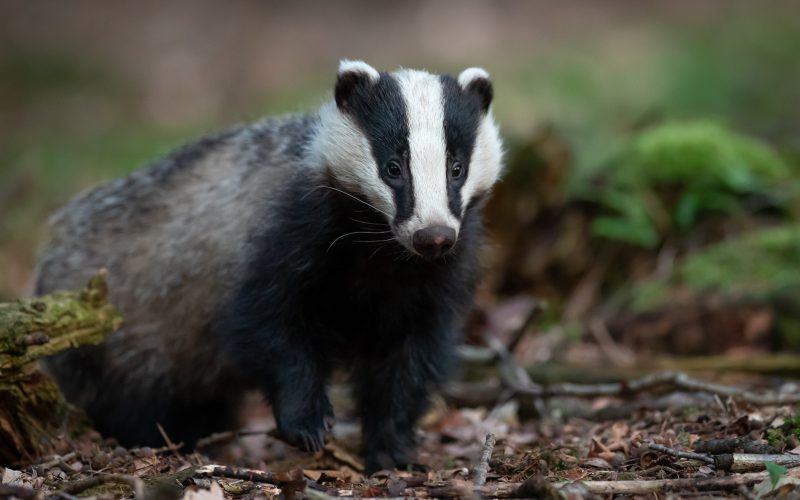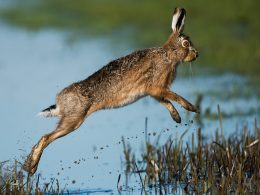Badgers are fascinating creatures that have been admired and feared throughout history. With their unique appearance and remarkable abilities, these animals have captured the attention of scientists and nature enthusiasts alike. Here’s a comprehensive guide to help you learn more about these intriguing mammals.
Appearance
Badgers have a distinct appearance with short, stocky bodies, powerful legs, and long, sharp claws that are ideal for digging. Their fur is typically gray or black with white markings on their faces and distinctive stripes on their backs. They have small ears and eyes, but a keen sense of smell which they use to locate prey and avoid danger.
Habitat and Distribution
Badgers are found throughout much of the world, from North America to Europe and Asia. They are known for their ability to adapt to a variety of habitats, including forests, grasslands, and deserts. In North America, they are commonly found in open areas such as prairies and grasslands, while in Europe they tend to inhabit woodland areas.
Behavior and Diet
Badgers are primarily nocturnal animals that spend most of their time underground in burrows that they dig themselves or that have been abandoned by other animals. They are solitary animals and are typically only seen in groups during mating season. Their diet consists mainly of small animals such as rodents, rabbits, and insects, but they have also been known to eat fruit and carrion.
Social Structure and Reproduction
Badgers have a unique social structure that varies by species. The most well-known social structure is that of the European badger, which lives in groups called clans. These clans consist of a dominant male and female pair, along with their offspring. In contrast, the American badger is mostly solitary, with the exception of females raising their young.
Badgers have a long mating season that typically lasts from late summer to early spring. Females give birth to litters of one to five young, which are born blind and helpless. The young remain in the burrow with their mother until they are old enough to venture out on their own.
Conservation Status
Badgers are generally considered to be a species of least concern by the International Union for Conservation of Nature (IUCN), but some species, such as the European badger, have faced threats due to habitat loss and fragmentation, persecution, and disease. In some areas, badgers are hunted for their fur or as pests, while in others they are protected and celebrated as an important part of local culture and folklore.
In Conclusion
Badgers are fascinating animals that have captured the attention of people around the world. From their unique appearance and remarkable abilities to their social structures and conservation status, there is much to learn about these intriguing mammals. By understanding more about the fascinating world of badgers, we can appreciate the important role they play in our ecosystem and work to protect them for future generations.












